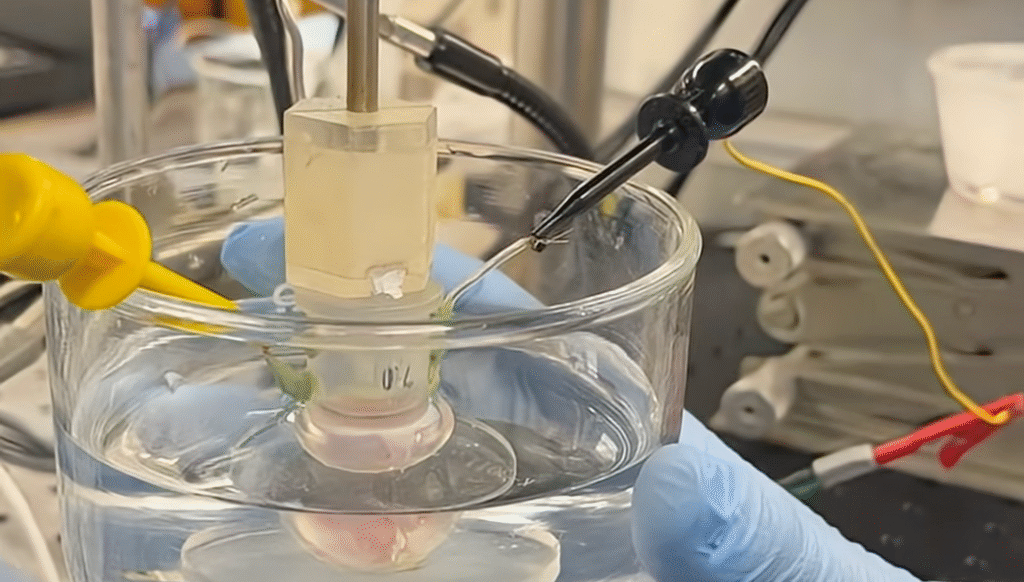Researchers have unveiled a promising new technique that could offer a safer, cheaper, and noninvasive alternative to LASIK eye surgery—without using lasers or scalpels. The method uses a process called electromechanical reshaping (EMR) to mold the cornea with electricity rather than cutting it, potentially revolutionizing how vision correction is performed.
LASIK, the current gold standard for surgical vision correction, reshapes the cornea using precision lasers to remove tissue. While effective, the procedure involves incisions that can compromise the structural integrity of the eye and lead to side effects such as dry eyes, glare, or long-term discomfort. Seeking a gentler approach, researchers from Occidental College and the University of California, Irvine developed EMR to reshape the cornea without cutting.
EMR works by applying a small electric potential to collagen-rich tissues like the cornea. These tissues are held together by electrostatic interactions and contain a high percentage of water. When exposed to an electric field, the pH of the tissue drops, loosening its internal structure and making it temporarily moldable. Once the desired shape is achieved, restoring the original pH locks the tissue into its new configuration.
To test this, the team created platinum “contact lenses” that serve as shaping templates and electrodes. They placed these lenses over rabbit eyeballs submerged in a saline solution mimicking natural tears. After applying a mild electric charge for about one minute, the corneas conformed to the shape of the lens—achieving the same correction time as LASIK but without incisions or expensive equipment.
In tests on 12 rabbit eyes, 10 were treated to simulate nearsightedness. All showed successful reshaping and improved focusing power. Importantly, the cells in the cornea remained viable, and the treatment avoided heat damage by carefully controlling the pH gradient. The researchers also observed that the technique might reverse certain types of corneal cloudiness—currently only treatable with full corneal transplants.
The discovery was serendipitous. Researchers initially explored tissue reshaping for cosmetic and reconstructive applications, such as modifying cartilage in rabbit ears and skin in pigs. When applied to the cornea, the same principles held, opening the door to vision correction.
While the technique is still in early stages and hasn’t yet been tested in live animals or humans, the researchers are optimistic. They plan to explore its use for farsightedness and astigmatism, and hope to begin live animal trials soon.
Take a look at this YouTube short from the American Chemical Society explaining the technology:
Press Release from ACS: An alternative to LASIK — without the lasers

